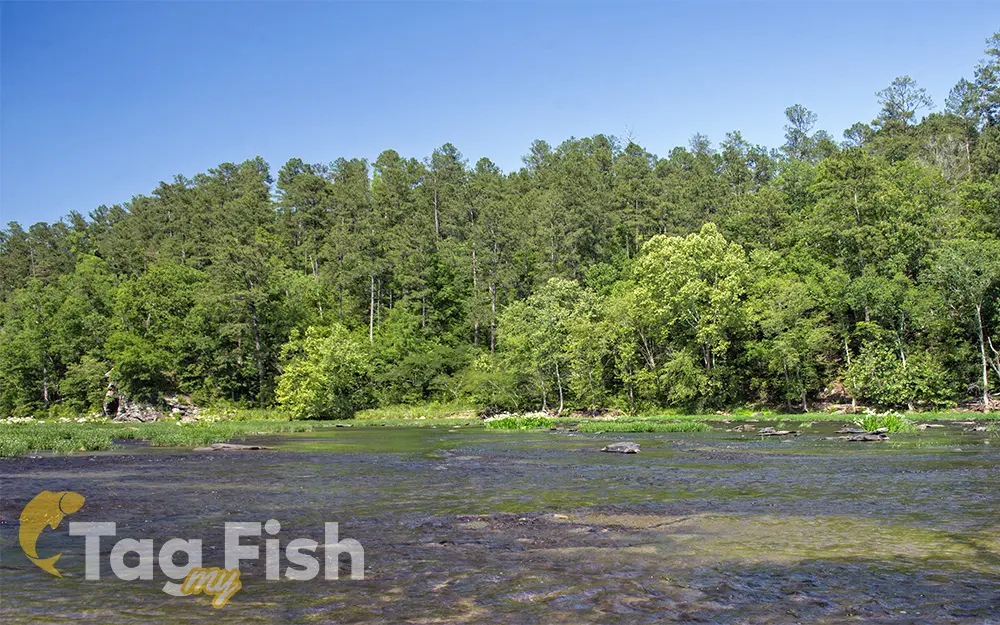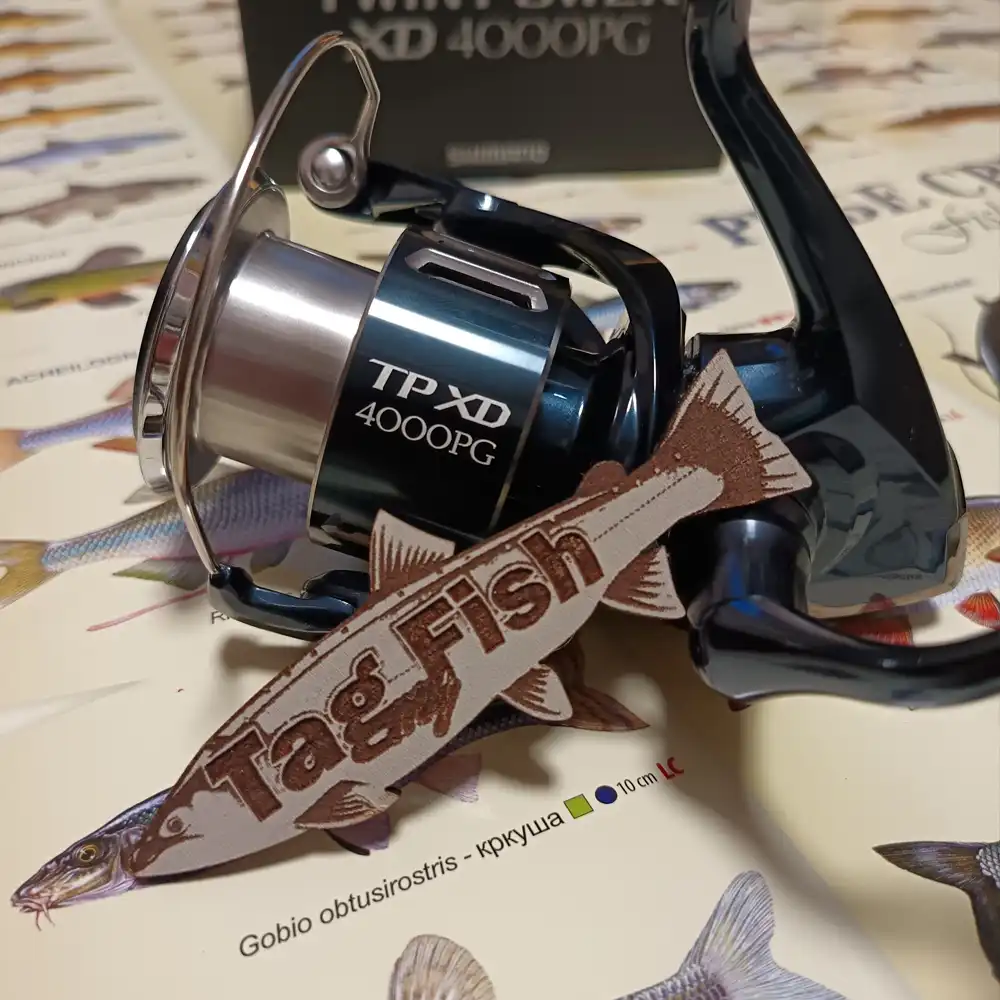Cahaba River

General data
- Name: Cahaba River
- Water system: Mobile River
- Water type: River
- Progression: Alabama River -> Mobile River -> Mobile Bay -> Gulf of Mexico -> Atlantic Ocean -> Planet Earth
- Climates: Subtropical
- Continents: North America
- Countries: United States of America
The Cahaba River is the longest substantially free-flowing river in Alabama and is among the most scenic and biologically diverse rivers in the United States. It is a major tributary of the Alabama River and part of the larger Mobile River basin. With headwaters near Birmingham, the Cahaba flows southwest, then at Heiberger turns southeast and joins the Alabama River at the ghost town and former Alabama capital of Cahaba in Dallas County. Entirely within central Alabama, the Cahaba River is 194 miles (312 km) long and drains an area of 1,870 square miles (4,800 km2). The name Cahaba is derived from the Choctaw words oka meaning water and aba meaning above. Ecology The waters of the Cahaba are home to more than 131 species of freshwater fishes (18 of which have been found in no other river system), 40 species of mussels, and 35 species of snails. The river has more fish species than can be found in all bodies of water in California. Sixty-nine of these animal species are endangered. The endemic freshwater snail Elimia cahawbensis is named after the river. One species long thought to be extinct, Leptoxis compacta, the Oblong rocksnail, was rediscovered in the Cahaba in 2011. Due to damming for hydropower, pollution, transportation, and erosion, it has suffered losses of species. Almost a quarter of the original documented mussel species in the Cahaba have disappeared with similar trends in the fish and snail numbers of species. Many species have still been discovered and rediscovered in and on the surrounding region of the river. The Cahaba is also home to 13 snail species not found anywhere else in the world. In the early 21st century, a Georgia botanist Jim Allison discovered eight unknown flower species, and later eight more were identified along the rivers course that previously had not been sited in the state of Alabama. This region is most noted for containing numerous species of mollusks and snails. These species feed other aquatic dwelling animals, improve water quality by eating algae, and even indicate environmental issues due to their receptiveness of pollution. Fourteen of the freshwater fish species are non-native species in the Cahaba River.

 English
English
 Spanish
Spanish
 German
German
 French
French
 Serbian
Serbian
 Russian
Russian

